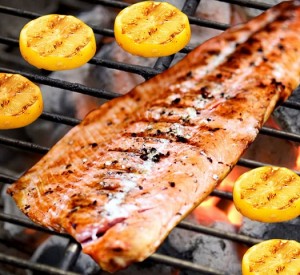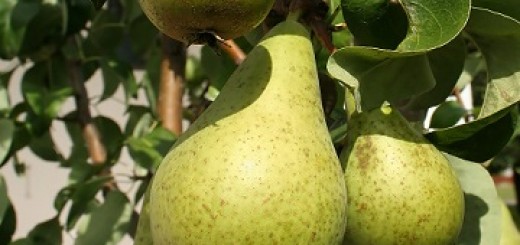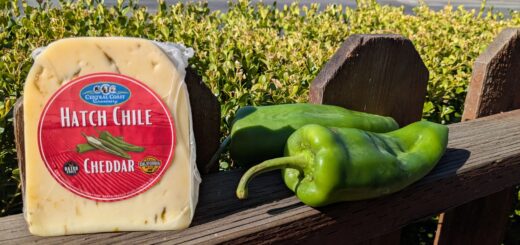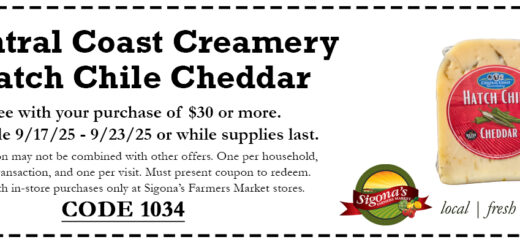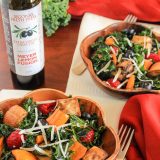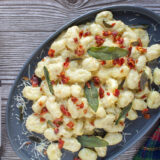Health Tips: Fearful Fats

Geri Wohl, CNC www.bettereatingcoach.com
What do I mean by the “fearful fats”? It’s the dreaded “fat” that we have come to associate with a higher risk of heart disease and weight gain. Do you avoid butter and use margarine instead? Do you choose the non-fat or low fat versions of snacks or other consumables thinking they are healthier for you? Do you consistently opt for vegetable oils because they are supposed to be better for you? Let’s work on debunking some of these common misconceptions.
What is fat? Fats are one of the key macronutrients in the diet (the others being proteins and carbohydrates). Also called lipids, fats do not dissolve in water. Without getting too technical, the fatty acid portion of the fat chain is used by the body for energy. In addition, fats are an integral part of every cell in our bodies (and we have between 60-90 trillion cells). In fact, every cell membrane is comprised of fats. For the cell to properly function, we need to consume healthy fats. By denying ourselves of fats, we compromise our overall health. Fats not only work at the cellular level, but also are extremely important for losing weight, enhancing our mood, supporting our immune system and keeping our skin supple and youthful. Fats also help us absorb the fat-soluble vitamins–A, D and E.
When we eat foods that are labeled low fat or non-fat, typically extra sugar has been added to compensate for the lost fats. Perhaps this is one reason that with the low fat craze, obesity rates have more than doubled over the last 20 years and are predicted to get worse. Is it because of the shift in our diets? Fats give food flavor and texture. They also fill you more quickly than carbohydrates. Refined sugars streaming throughout the body are linked with insulin resistance and type II diabetes as well as other chronic diseases. A new study in the journal Circulation has found that women eating the Mediterranean diet comprised of healthy monounsaturated fats lowered their risk for heart disease by 29%.
Let’s look at the various types of fats.
- Monounsaturated Fats (MUFAs) tend to be liquid at room temperature but solid when refrigerated due to the structure of the chemical bonds. They are relatively stable fats, thus they can be used in cooking. Typical monounsaturated fats include olive oil, sesame oil and the oil in almonds, pecans, cashews, peanuts and avocados. These fats may help raise our HDL or good cholesterol and lower LDL or bad cholesterol. They also protect us from plaque deposition in our arteries. Incorporate these fats in your diets.
- Polyunsaturated Fats (PUFAs) contain the “essential” omega 3 and omega 6 fatty acids meaning that they must be obtained from the diet, as we cannot produce them ourselves. Omega 3 fats are universally beneficial with anti-inflammatory properties. They are found in wild, cold-water fish like salmon, mackerel, herring and sardines as well as flaxseed, walnuts, pastured eggs and tofu. For a delicious and easy salmon recipe, see my recipe http://www.bettereatingcoach.com/recipe-summer-2011.html. Omega 6s fats, on the other hand, have some benefits and some detriments. They are needed for skin and hair growth, bone health and nervous system support but can be inflammatory as well. Omega 6 fatty acids are found in most vegetable and seed oils namely safflower, grapeseed, corn, cottonseed and sunflower oils. In a healthy diet, omega 3s should be at least one third of the polyunsaturated fats consumed. However, a typical American diet often has only about 5% omega 3s because omega 6 fats are a cheaper alternative. It is best to cut back on the omega 6 oils as much as possible and tilt your consumption toward the omega 3s. All the PUFAs are highly reactive and should be refrigerated in tightly closing containers to prevent rancidity.
- Saturated fats are predominantly found in meat and poultry products. Some vegetable oils like coconut and palm oil also contain saturated fat. Their chemical structure is the most stable of the fats. These fats are usually solid at room temperature. There is controversy whether saturated fats contribute to heart disease or not. For example, Southeast Asians routinely use coconut oil without any extra incidence of heart issues. The USDA guidelines recommend no more than 10% of calories be from saturated fats.
- Trans fats are fats that are not produced in nature. They are manufactured by heat and/or pressure. The manufacturers like products made with trans fats because they extend the shelf life of processed foods. However, our bodies don’t know what to do with these foreign compounds. Trans fats have been linked with increased inflammation throughout the body and increasing our LDL cholesterol. Beware when buying foods that advertise “No Trans Fats”. Manufacturers only need to label trans fats if they are over 0.5 grams/serving. If you see the words “partially hydrogenated oil” in the ingredients, it means that it contains trans fat. Avoid these foods!
For most healthy individuals, fats should make up between 25-30% of one’s total calories. Choose the healthiest fats possible. When purchasing oils, buying “unrefined” oil means that it has been simply pressed and bottled. The oil will retain most of its flavor, color and nutrients. If the oil has been “refined,” it has been processed, which will remove most of the beneficial qualities.
Salad dressing is one of the easiest ways to incorporate healthy oils into the diet. Try making your own as you will then have control of the ingredients and it will likely be less caloric. You only need 2T for a serving of salad. Dressings need to be made with a base, an acid and a thickening agent. Oil is the base of the dressing giving it a smooth consistency. Try experimenting with different oils like flaxseed or hemp oil. Vinegar is the acid portion of the dressing. A little goes a long way and will add flavor and complexity to the dressing. Vinegar will help with digestion and provide vitamins and mineral. Examples of the acid portion are apple cider vinegar, lemon juice and balsamic vinegar. The thickener helps to emulsify the ingredients. This could be a sweet or savory food that will enhance the flavor. Possible thickeners are Dijon mustard, tahini, avocado, flaxseeds, honey or maple syrup. For a dressing recipe, see my beet salad recipe at http://www.bettereatingcoach.com/recipe-late-springearly-summer-2012.html.
Enjoy the summer with the fresh veggies dressed in a homemade vinaigrette.
© Geri Wohl, CNC

